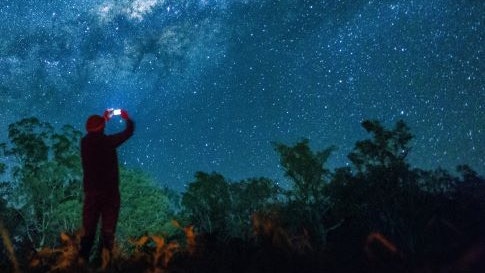Homepage
•
Learning Library
•
Blog
•
Touring the heavens with NASA through the lens of a smartphone
Expand breadcrumbs
Expand breadcrumbs
- Learning Library
- Blog
- Touring the heavens with NASA through the lens of a smartphone
- Homepage
- •
- Learning Library
- •
- Blog
- •
- Touring the heavens with NASA through the lens of a smartphone
Touring the heavens with NASA through the lens of a smartphone
February 13, 2020








